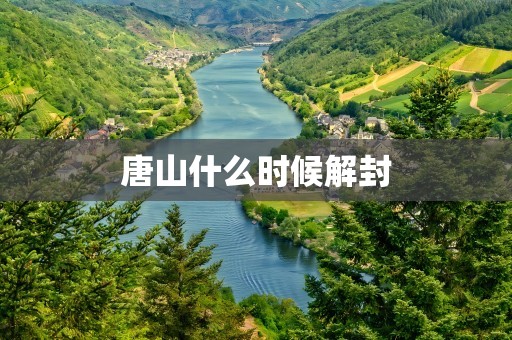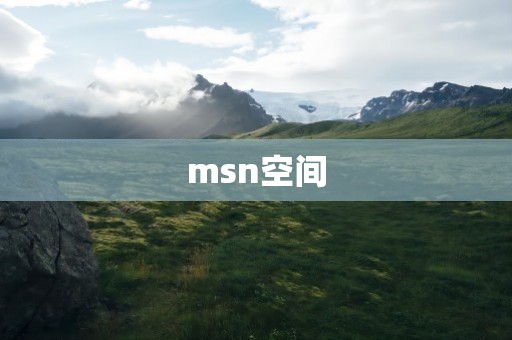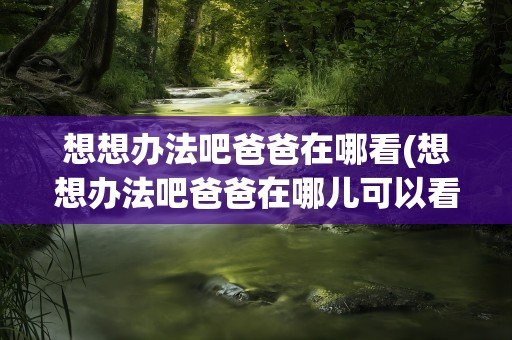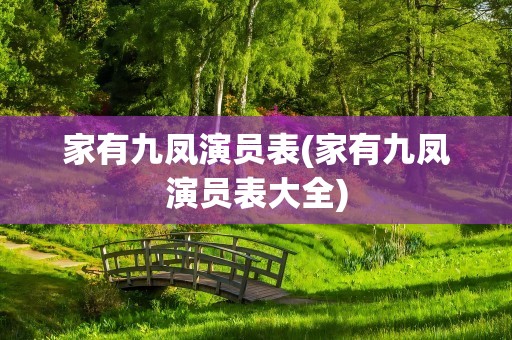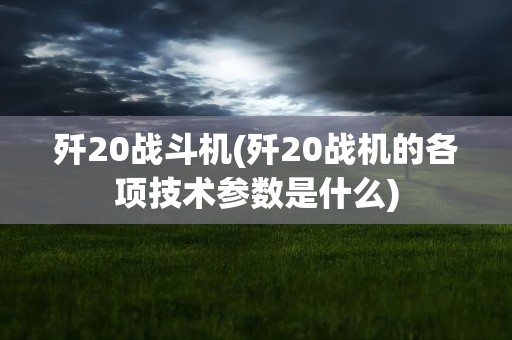sweden是瑞典。
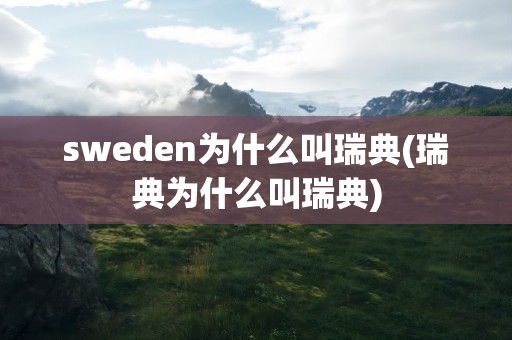
瑞典王国(英语:Sweden,瑞典语:Konungariket Sverige),简称瑞典(瑞典语:Sverige),是一个位于斯堪的纳维亚半岛的国家。
“瑞典”一词来自瑞典语“安宁的王国”的意思。国名来自瑞典的起始地区(今瑞典中部)。别称:“森林王国”、“湖泊王国”、“欧洲锯木场”、“北欧雪国”、“禁酒王国”。
区域位置
瑞典位于北欧斯堪的纳维亚半岛的东部,东北部与芬兰接壤,西部与挪威为邻,东临波的尼亚湾和波罗的海与俄罗斯隔海相望,西南临北海,并与丹麦和英国隔海相望。领土面积为449964㎞²(不包括领海面积)。领海有12海里,海岸线长约2181公里,约15%的土地在北极圈内。
注意,早期英文与中国文化的接触,多是海外华人,而他们的多数是广东人,因此译音基本是体现广东话而不是北方话。典型例子:McDonald----麦当劳,这三个子广东话恰很像McDonald的英文发音,北方话则差别很大。其它像屈臣氏(Watson),和路雪等,那就更是这样了。
swe最接近广东话的“瑞”。
欢迎讨论。
The Kingdom of Sweden(Swedish: Konungariket Sverige(help·info)) is a Nordic country in Scandinavia. It is bordered by Norway in the west, Finland in the northeast, the Skagerrak Strait and the Kattegat Strait in the southwest, and the Baltic Sea and the Gulf of Bothnia in the east. It is connected to Denmark in the southwest by the Oresund Bridge.
瑞典王国(瑞典:瑞典王国(帮助·信息))是一个斯堪的纳维亚的北欧国家。它是由相邻的挪威西部地区,芬兰,东北,西南的斯卡格拉克海峡和卡特加特海峡,与波罗的海和波的尼亚湾的东。它是连接到丹麦在西南的厄勒海峡大桥。
Sweden has a low population density except in its metropolitan areas, with most of the inland consisting of forests. The country has large natural resources of water, timber, and iron ore. Its citizens enjoy a high standard of living in a country that is generally perceived as modern and liberal.
瑞典有一个人口密度低,除了它的都市地区,与大多数的内陆组成的森林。这个国家有水,大型天然资源的木材和铁矿石,其公民享有很高的生活在一个国家的标准,一般被看作是现代自由主义。
Following the end of the Viking Age, Sweden became part of the Kalmar Union together with Denmark and Norway(Finland at this time was a part of the Swedish kingdom). Sweden left the union in the beginning of the 16th century, and more or less constantly battled its neighbours for many years, especially Russia and the still united Denmark-Norway, which never completely accepted Sweden leaving the union. In the 17th century Sweden extended its territory through warfare and became a Great Power, twice its current size. By 1814 Sweden had lost its empire as well as Finland, previously an integral part of the Kingdom of Sweden. Since 1814, Sweden has been at peace, adopting a non-aligned foreign policy in peacetime and neutrality in wartime.
维京时代的结束后,瑞典成为卡尔马联盟的一部分与丹麦和挪威(芬兰在这个时候是瑞典王国的一部分)。瑞典在第十六世纪开始离开联盟,或多或少不断与邻国多年,尤其是俄罗斯和挪威仍然联合丹麦,它从来没有完全接受瑞典离开联盟。在第十七世纪瑞典扩展领土通过战争和成为一个伟大的功率,电流大小的两倍。1814,瑞典已经失去了它的帝国以及芬兰,此前瑞典王国的一个组成部分。自1814以来,瑞典一直处于和平,在平时,战时中立采取不结盟的外交政策。
Sweden has been a major European exporter of iron, copper and timber since the Middle Ages. However, improved transportation and communication allowed it to utilize natural assets from different parts of the country on a far larger scale, most notably timber and iron ore. Economic liberalization as well as universal schooling contributed to the rapid industrialization and by the 1890s the country had begun to develop an advanced manufacturing industry. In the 20th century a welfare state emerged. Today, the country is defined by social-liberal tendencies and a strong national quest for equality, and usually ranks among the top nations in the UN Human Development Index.
瑞典已经铁欧洲的主要出口国,自中世纪以来的铜和木材。然而,改善交通和通信允许它利用自然资产来自全国各地的在更大的程度,特别是木材和铁矿石。经济自由化以及普及教育导致了快速的工业化,到了19世纪90年代,国家开始发展先进制造业。在第二十世纪,福利国家的出现。今天,这个国家是由社会自由主义倾向和平等的一个强大的国家任务的定义,通常居国在联合国的人类发展指数。



